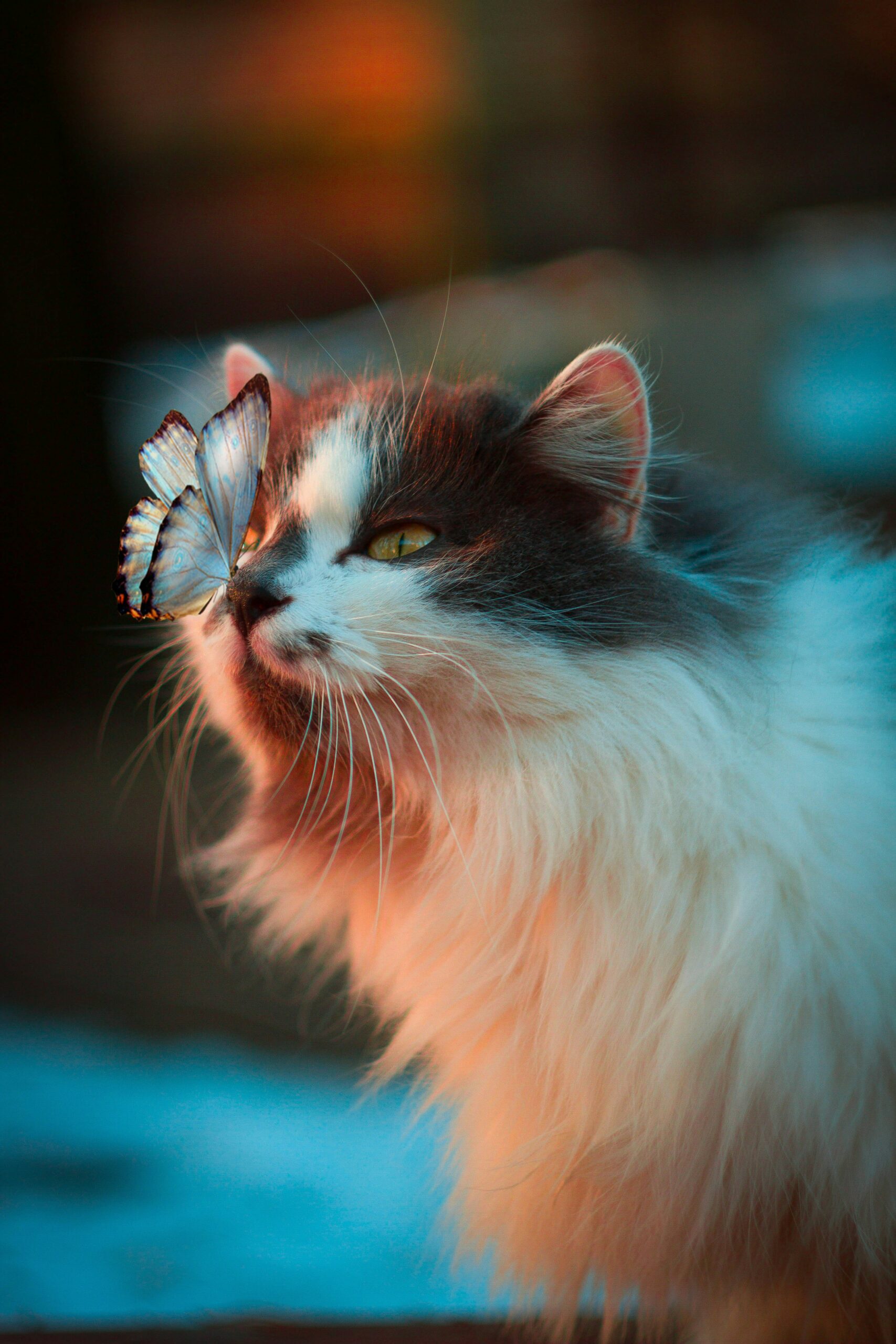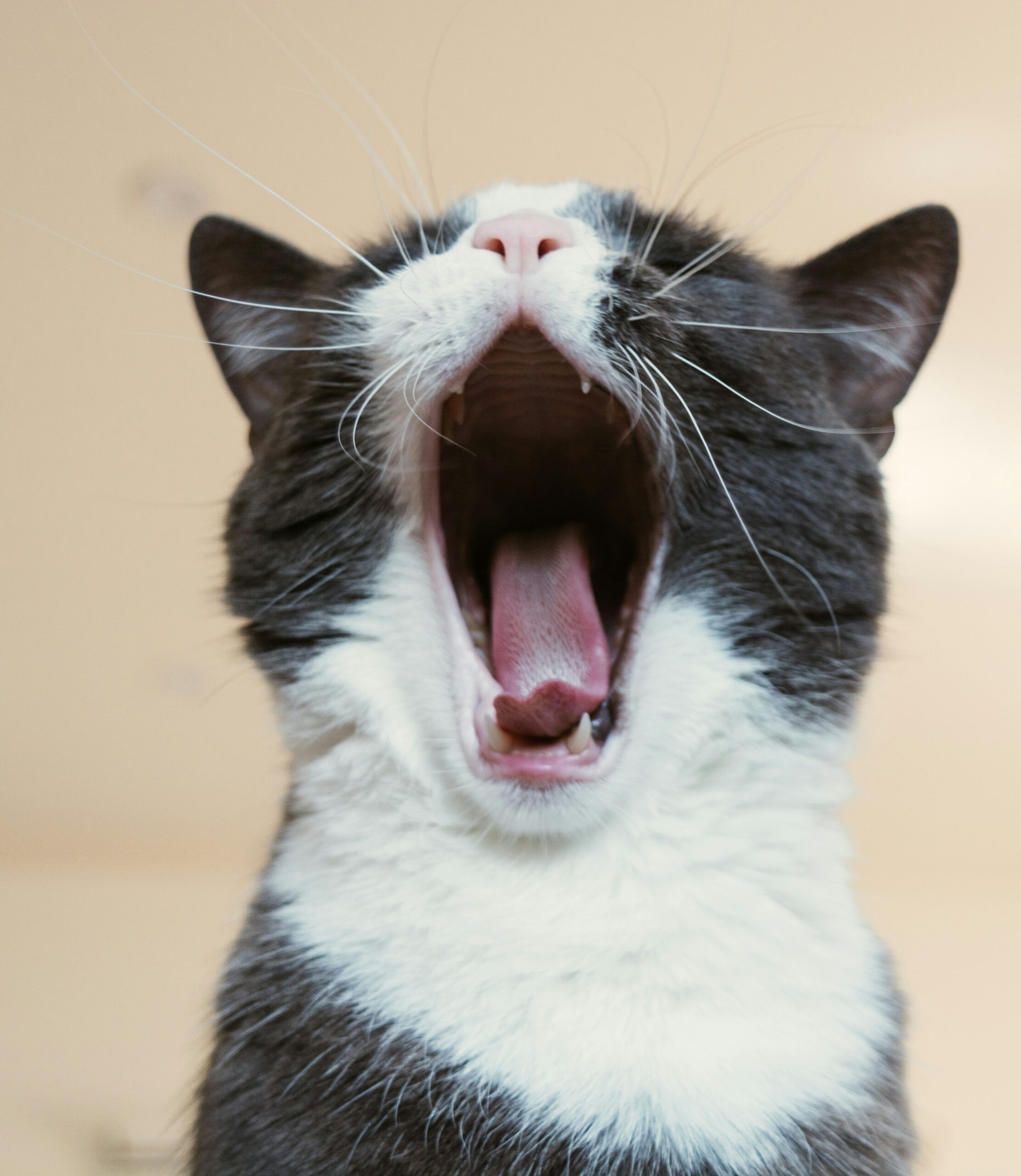The gentle rumble of a cat’s purr is one of the most soothing sounds in the world. It’s a signal of contentment, comfort, and happiness that has fascinated cat lovers for centuries. But what exactly is the science behind this mysterious vocalization? In this article, we’ll explore the art of purring and uncover the secrets behind your cat’s contentment.
1. The Mechanics of Purring: How Cats Produce That Melodic Sound
Purring is a unique vocalization produced by domestic cats as well as some wild species. It’s often associated with contentment, but cats may also purr when they’re in pain, anxious, or frightened. The mechanics of purring involve the rapid vibration of the cat’s laryngeal muscles, which are controlled by the brain’s neural oscillator. As the cat breathes in and out, the airflow causes the vocal cords to vibrate, producing the characteristic purring sound.
2. The Many Faces of Purring: Understanding Its Varied Meanings
While purring is commonly associated with happiness and relaxation, cats may also purr in other situations. Mother cats purr to soothe and reassure their kittens during nursing and grooming sessions. Cats may also purr when they’re in pain or distress as a self-soothing mechanism. Additionally, some cats purr when they’re hungry or seeking attention from their owners. Understanding the context in which your cat purrs can provide valuable insights into their emotional state and needs.
3. Purring for Health: The Healing Benefits of Cat Purring
Believe it or not, the act of purring may offer a range of health benefits for both cats and their owners. The low-frequency vibrations produced during purring have been shown to promote healing and reduce stress in cats. Purring may help cats relax and alleviate anxiety in stressful situations. For humans, the soothing sound of a cat’s purr can have a calming effect, lowering blood pressure and promoting relaxation.
4. The Evolution of Purring: Why Cats Purr and What It Means for Their Evolution
The evolutionary origins of purring remain somewhat of a mystery. While purring is commonly associated with domestic cats, some big cats such as lions and cheetahs also purr. Scientists believe that purring may have evolved as a means of communication between mother cats and their kittens. The rhythmic vibrations produced during purring may have a comforting effect on kittens and help them bond with their mothers. As cats evolved and domesticated, purring may have retained its role as a social and emotional communication tool.
5. Cracking the Code: Deciphering Your Cat’s Purring Patterns
Every cat has its own unique purring pattern and frequency. Some cats have loud, rumbling purrs that can be heard from across the room, while others have softer, more subtle purrs that are barely audible. Pay attention to your cat’s purring habits and body language to decipher its meaning. A relaxed, content cat may have a steady, rhythmic purr, while a cat in distress may have a more irregular or muted purr. By learning to interpret your cat’s purring, you can better understand its needs and emotions.
In conclusion, the art of purring is a fascinating aspect of feline behavior that has captivated cat lovers for generations. Whether it’s a sign of contentment, communication, or healing, the gentle rumble of a cat’s purr is a testament to the deep bond between humans and their feline companions. By understanding the science behind purring, we can gain valuable insights into our cats’ emotions and provide them with the love and care they deserve.



